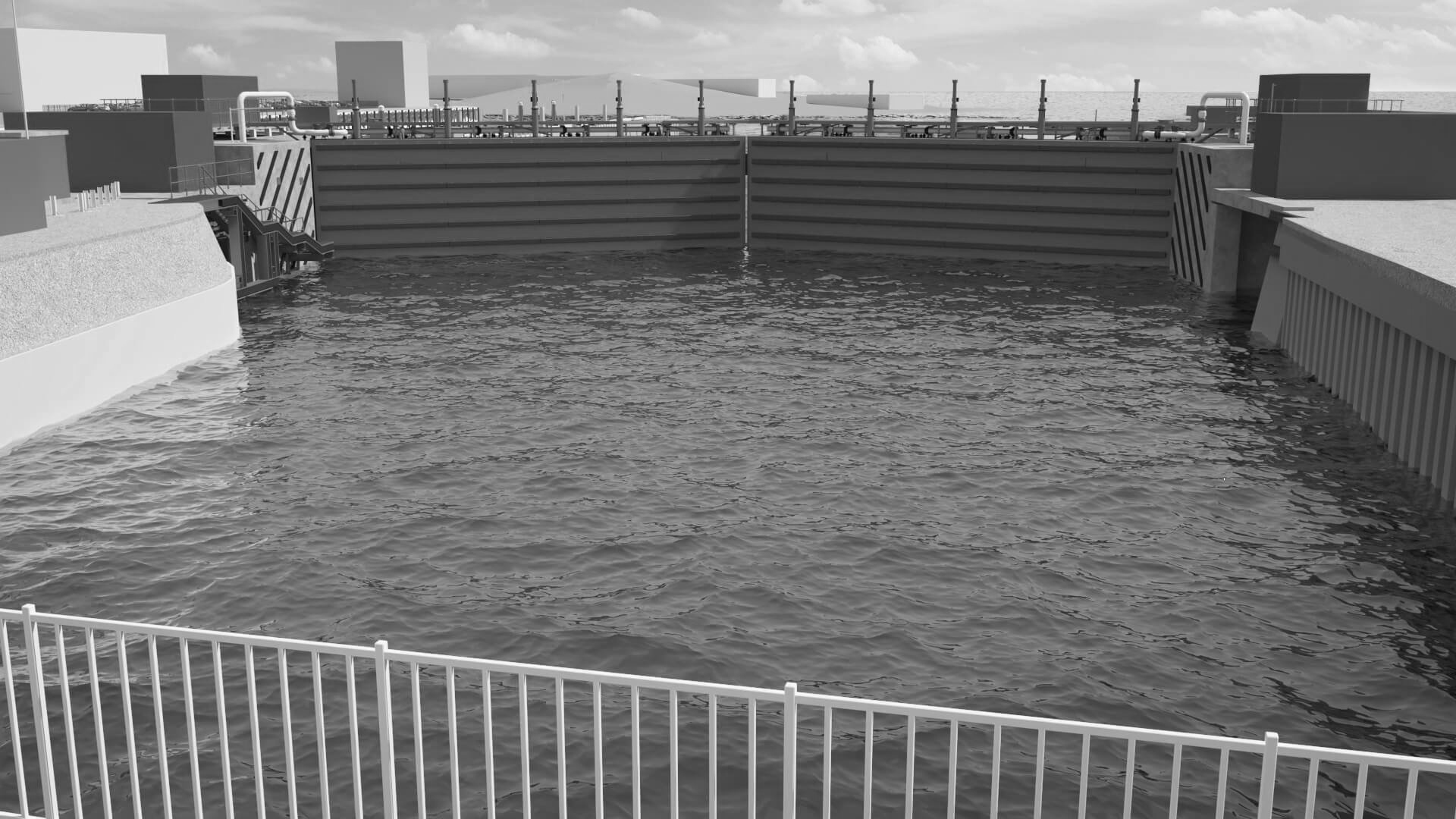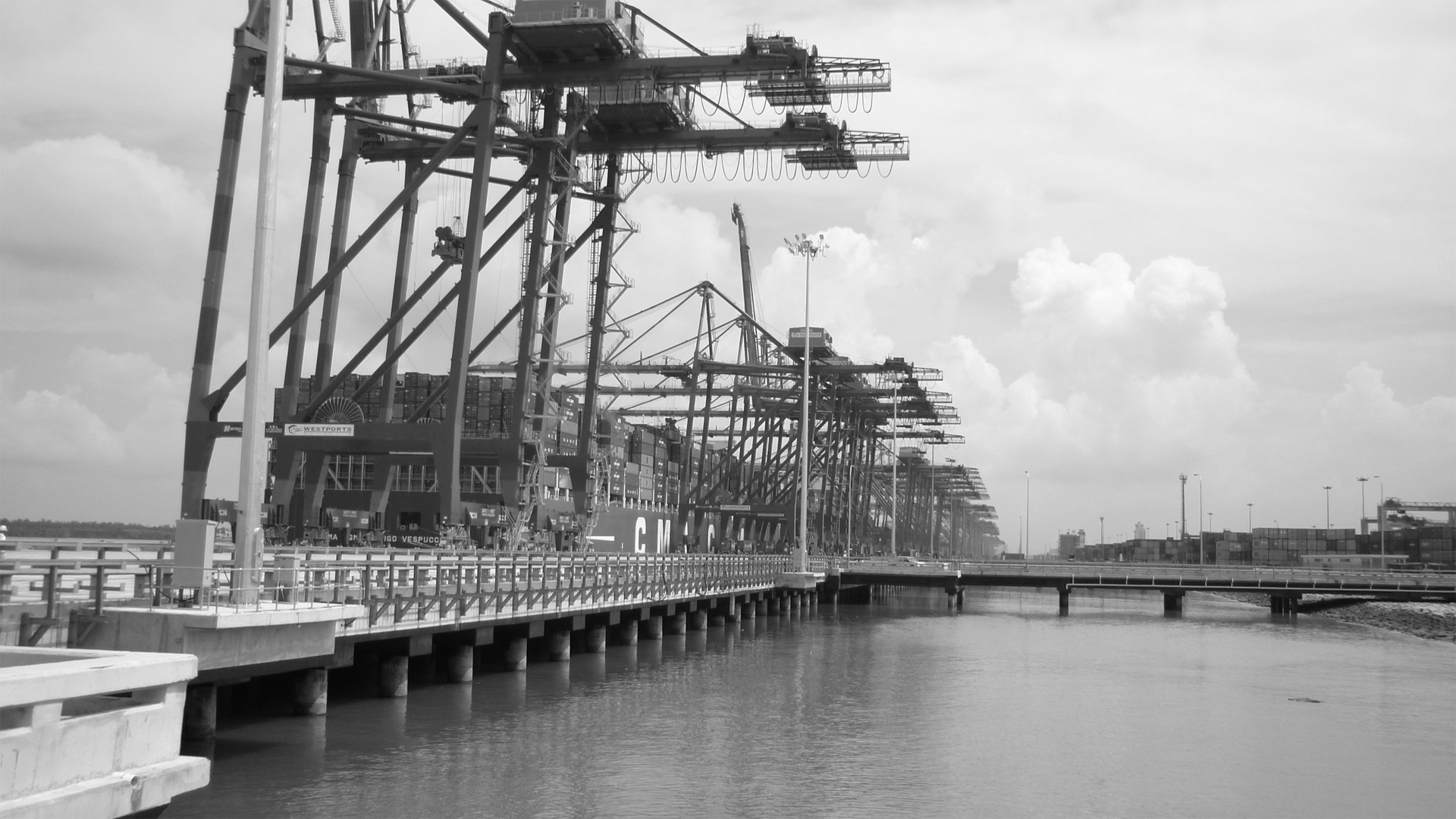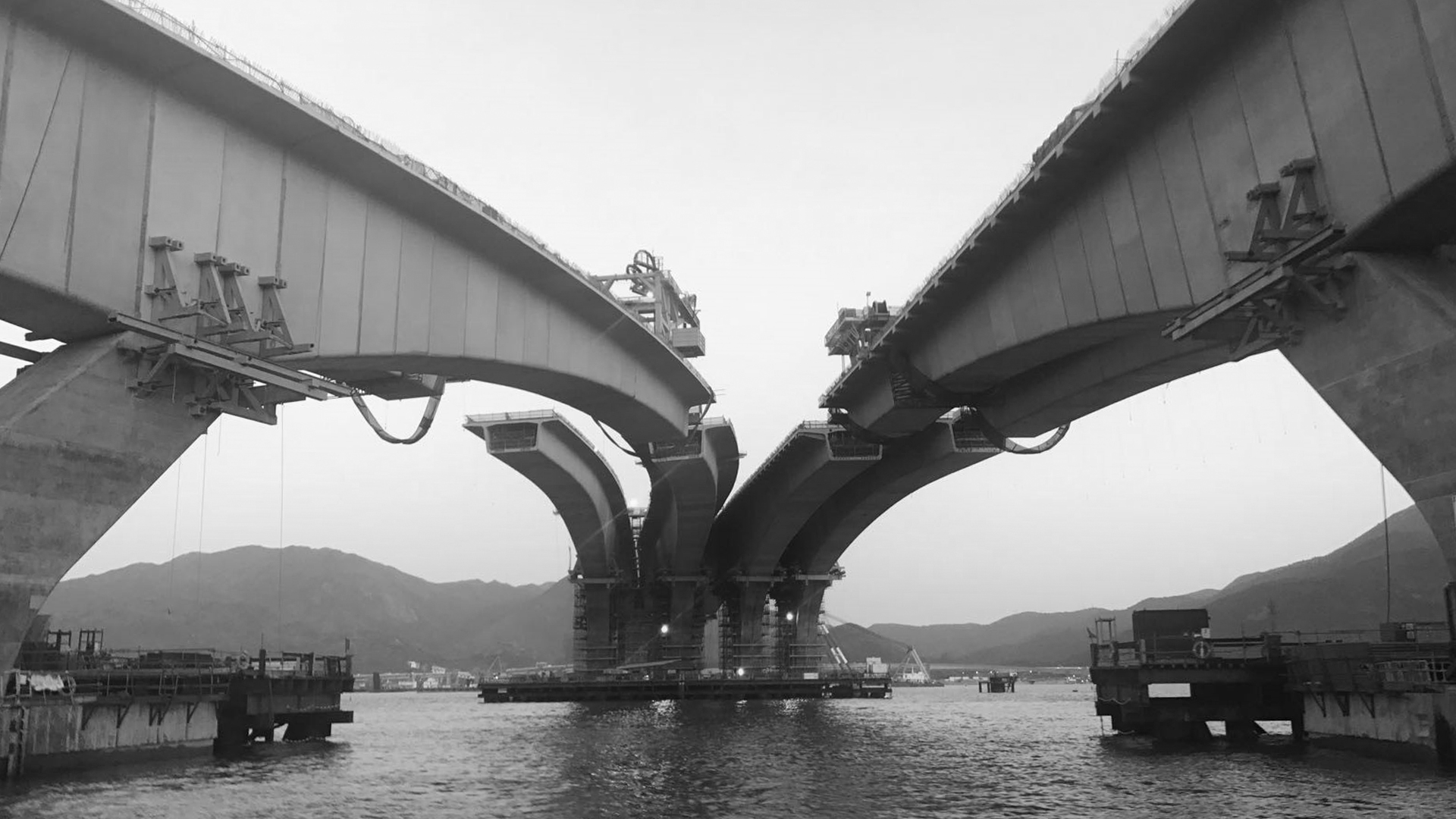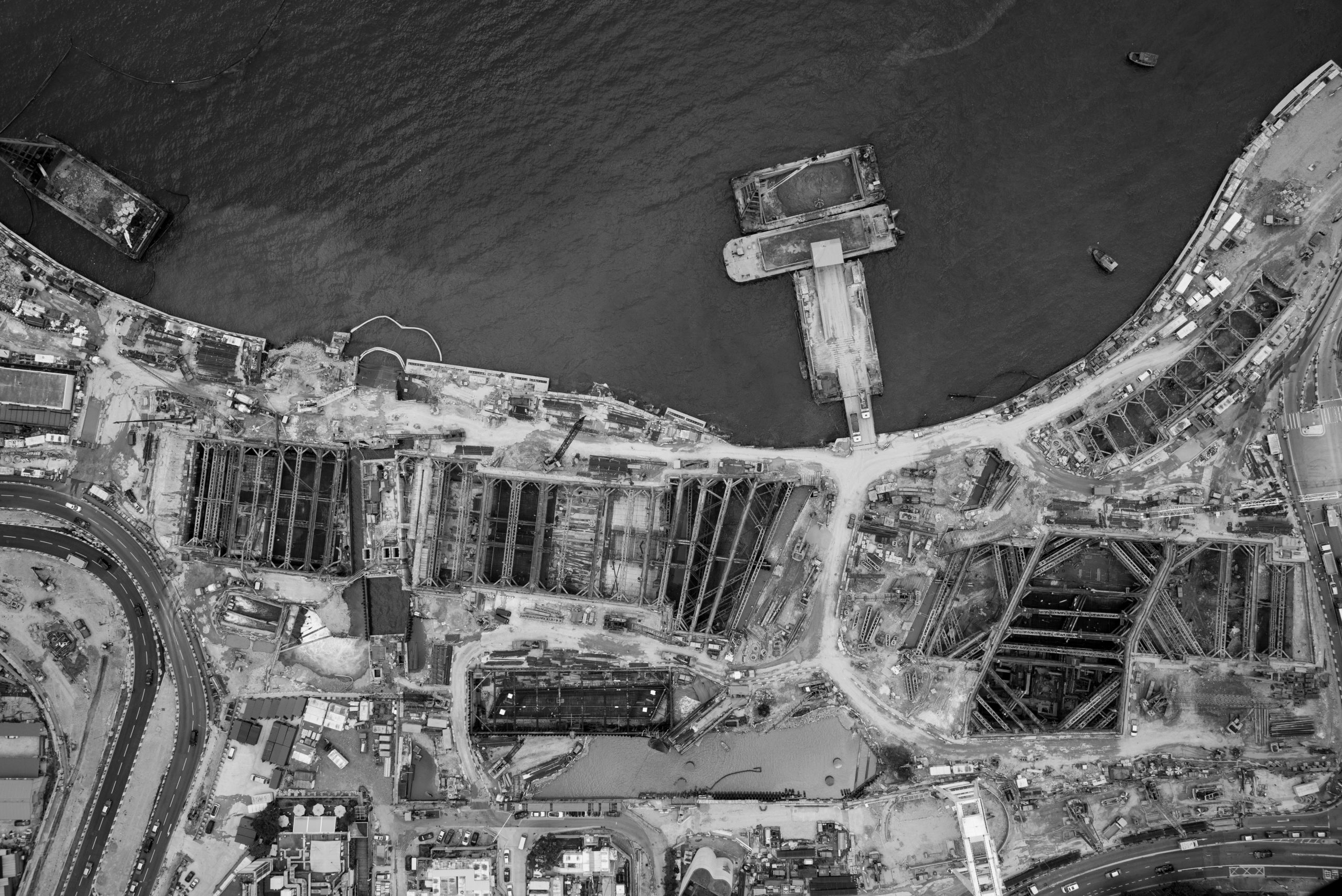Ipswich Tidal Flood Barrier
Ipswich, UK
Project synopsis
Detailed design of temporary cofferdam to construct flood barrier.
Contractor
VolkerStevin
End client
Environment Agency
Awards
ICE East of England Merit Awards 2019 – Technical Excellence and Innovation Exceptional Merit
Ipswich tidal flood barrier is a new tidal barrier gate which will prevent surge tides and allow control of fluvial flow protecting 1500 residential and 400 commercial properties. Tony Gee was commissioned to design a 900m2 wide cofferdam to provide VolkerStevin with the in‐river access to construct the tidal barrier gate in highly permeable sand and gravels.

We undertook a detailed groundwater seepage analysis and concluded that a dewatering system could be economically employed to provide VolkerStevin the necessary access to build the gate superstructure. We used our industry recognised geotechnical capabilities to specify the dewatering requirements and to approve the successful deepwell dewatering system employed by the dewatering specialist contractor.
A safe and economical construction methodology to construct the cofferdam and tidal barrier superstructure was developed with VolkerStevin, the permanent works designer, the proprietary propping supplier and dewatering specialist taking account of required scenarios. We opted for a single level cofferdam propping arrangement in order to reduce the total time needed to install and dismantle the cofferdam support structure. The propping solution was developed with the permanent works designer to ensure the cofferdam remained safely supported at all stages and to ensure the temporary works did not interfere with the permanent works construction.
During construction of the barrier, the River Orwell was diverted around the cofferdam against an existing wall with an operational railway siding behind. The existing sheet pile ground anchored wall, varied considerably over its length. We used our well‐known structural assessment capability to determine the lengths that required mitigation measures in the form of temporary sheet piles.
We also assessed the retaining wall, determined the tidal lag from insitu water level monitoring data and documented the assessment outcome. This enabled us to attain Form 003 approval from Network Rail for the Environment Agency permitting the scheme to continue. Without it, the schemes design and programme could have been significantly affected.
Recommended Reading




